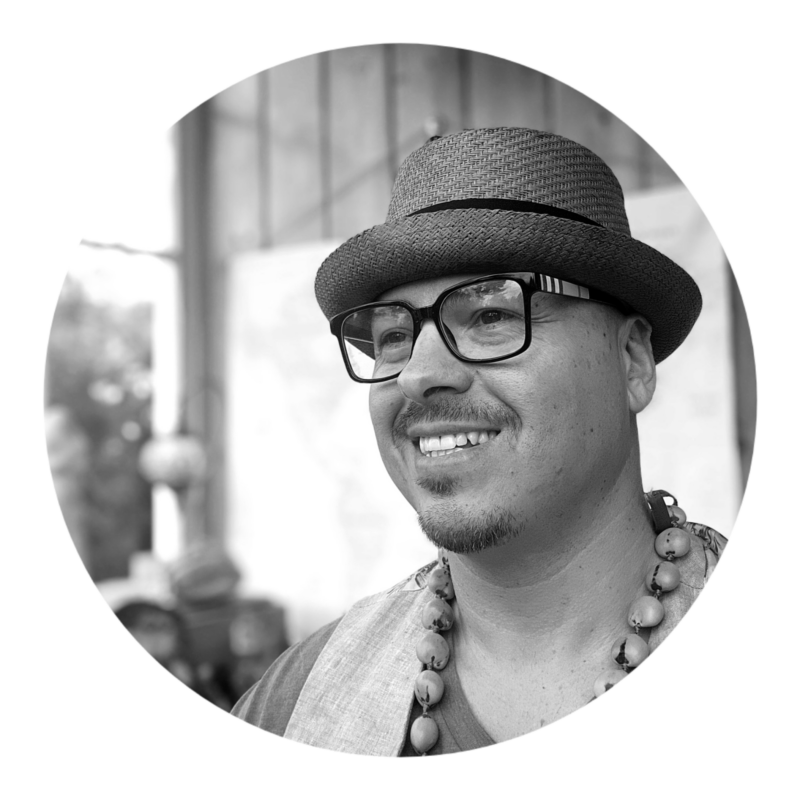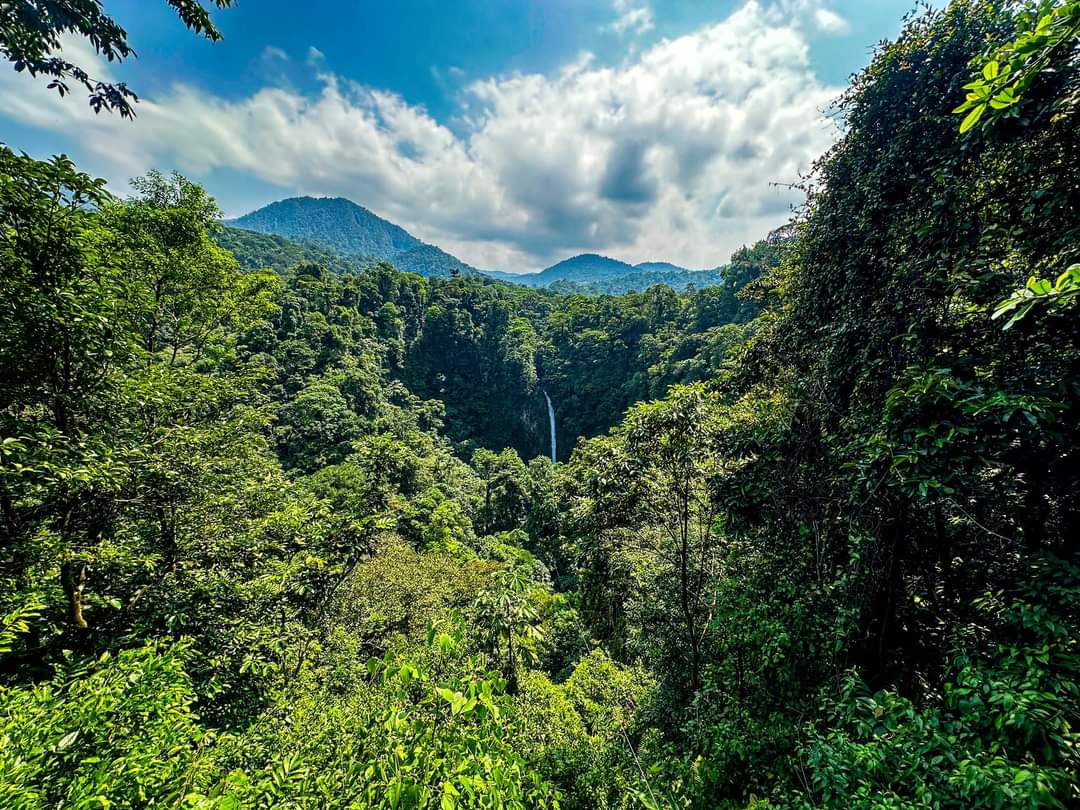The Walking Project: Harnessing Creativity, Mindfulness, Manifestation, and Discipline One Step at a Time
 By John-Paul | Manifestation Through Mindfulness Mentor
By John-Paul | Manifestation Through Mindfulness Mentor
There’s a good question: Can you walk it off? Can you problem-solve by walking? It turns out, actually, you can.
In today’s fast-paced world, finding effective ways to boost creativity and solve problems is more important than ever. One surprisingly simple yet powerful tool to achieve this is walking. Walking not only benefits physical health but also has a profound impact on mental clarity and creativity. Moreover, when combined with mindfulness and manifestation practices, walking can become a transformative experience. Add discipline and routine into the mix, and you have a powerful recipe for sustained personal growth and success.
The Science Behind Walking and Creativity
Research has shown that walking stimulates blood flow to the brain, which enhances cognitive function and promotes divergent thinking—a key component of creativity. A study conducted by Stanford University found that walking, whether indoors or outdoors, significantly boosts creative output compared to sitting. The act of walking encourages free-flowing thoughts and helps break mental blocks, providing a fresh perspective on challenges.
Walking: A Historical Source of Inspiration
Throughout history, many creative minds have turned to walking as a source of inspiration and problem-solving:
Ludwig van Beethoven: The legendary composer was known for his long, daily walks in the countryside, where he would often jot down musical ideas that came to him during these strolls.
Henry David Thoreau: The American naturalist and philosopher famously wrote about the importance of walking in his essay “Walking,” where he extolled the virtues of immersing oneself in nature to unlock creative potential and gain deeper insights.
Charles Dickens: The prolific author was known for his long walks through the streets of London. These walks not only provided him with material for his novels but also helped him work through plot problems and develop characters.
Friedrich Nietzsche: The philosopher believed that walking was essential for deep thinking. He once said, “All truly great thoughts are conceived by walking.”
William Wordsworth: The poet spent much of his life walking through the Lake District in England. His poetry often reflects the natural beauty he experienced on these walks, and he credited walking with helping him find poetic inspiration.
Mindfulness: Enhancing the Walking Experience
Walking also lends itself perfectly to mindfulness, the practice of being present and fully engaged in the current moment. Here’s how you can incorporate mindfulness into your walks:
Focus on Your Senses: Pay attention to the sights, sounds, smells, and sensations around you. Notice the feel of the ground beneath your feet, the rustling of leaves, and the rhythm of your breath.
Stay Present: Instead of letting your mind wander, gently bring your focus back to the present moment whenever you notice it drifting. This helps reduce stress and enhances your sense of well-being.
Mindful Breathing: Synchronize your breathing with your steps. For example, inhale for four steps and exhale for four steps. This rhythmic breathing can deepen your sense of relaxation and presence.
Manifestation: Walking with Intent
Manifestation is the practice of bringing your desires and goals into reality through focused intention and belief. When combined with walking, it becomes a dynamic way to align your thoughts with your actions. Here’s how:
Set Clear Intentions: Before you start your walk, set a clear intention or goal you want to manifest. This could be related to your personal life, career, or any area you wish to improve.
Visualize Your Goals: As you walk, vividly imagine achieving your goals. Picture the details, emotions, and outcomes associated with your success. This visualization process helps to strengthen your belief in your ability to achieve these goals.
Affirmations: Repeat positive affirmations related to your intentions as you walk. This reinforces your goals and keeps your mind focused on positive outcomes.
Discipline and Routine: The Backbone of Success
Incorporating walking, mindfulness, and manifestation into your daily routine requires discipline and consistency. Here’s why discipline is crucial:
Builds Habits: Discipline helps you build and maintain positive habits. By committing to a regular walking routine, you reinforce the habit of taking time for creativity, mindfulness, and manifestation.
Enhances Consistency: Regular practice is key to seeing benefits. Whether it’s daily walks or specific mindfulness exercises during your strolls, consistency ensures sustained progress.
Fosters Accountability: A disciplined approach makes you accountable to your goals and intentions. It keeps you on track and helps you measure your progress over time.
Incorporating Walking into Your Routine
If you’re looking to boost your creativity, mindfulness, manifestation skills, and discipline, consider making walking a regular part of your routine. Here are a few tips to get started:
Take Short Breaks: Integrate short walking breaks into your workday to clear your mind and stimulate creative thinking.
Walk and Talk: Instead of holding meetings in a conference room, suggest walking meetings. This can lead to more dynamic and creative discussions.
Explore New Routes: Change your walking routes regularly to keep your environment stimulating and to encourage fresh perspectives.
Nature Walks: Spend time walking in natural settings. The tranquility of nature can help reduce stress and open up your mind to new ideas.
Set a Schedule: Dedicate specific times of the day for your walks. Whether it’s early morning, lunchtime, or evening, having a set schedule helps reinforce the habit.
Walking is a simple yet powerful tool for enhancing creativity, mindfulness, manifestation, and discipline. By incorporating regular walks into your routine, you can tap into the wisdom of historical creative talents and unlock your own potential. So next time you’re facing a challenging problem, seeking inspiration, or working towards a goal, remember to take a walk. It might just lead you to your next great idea.
#thewalkingproject

